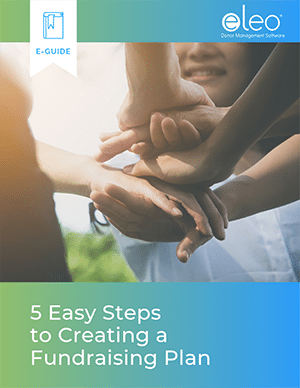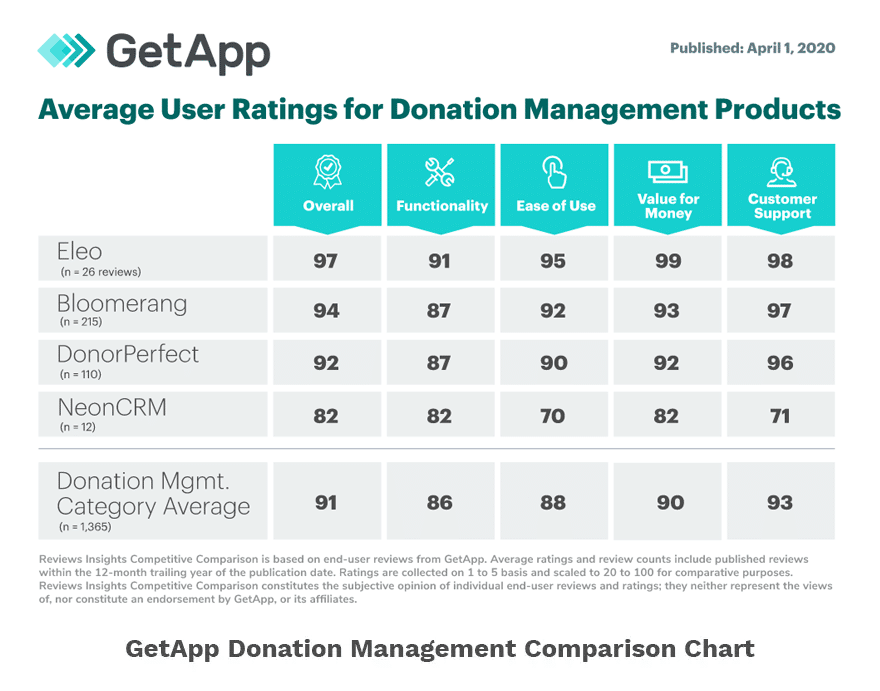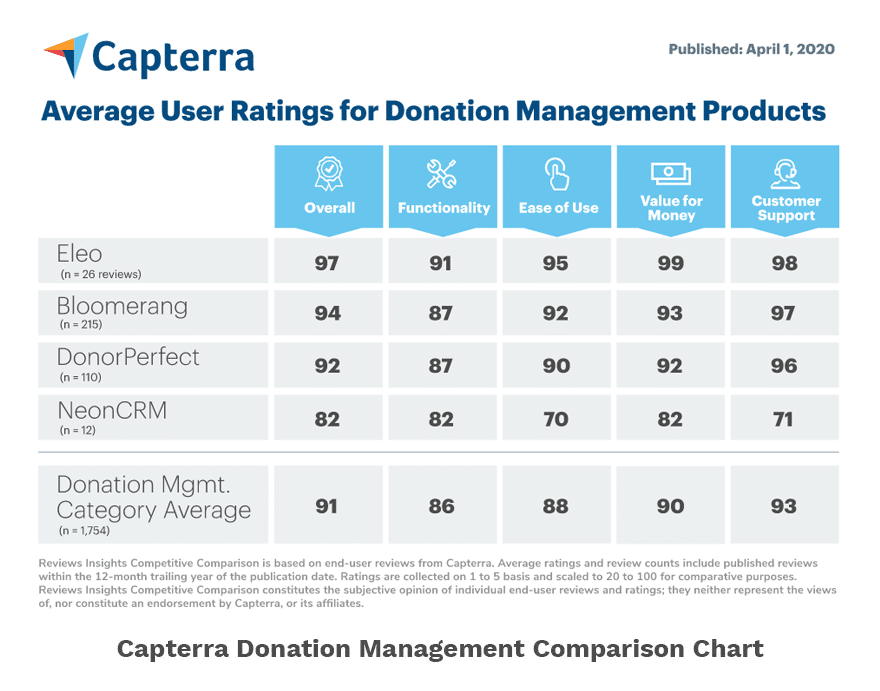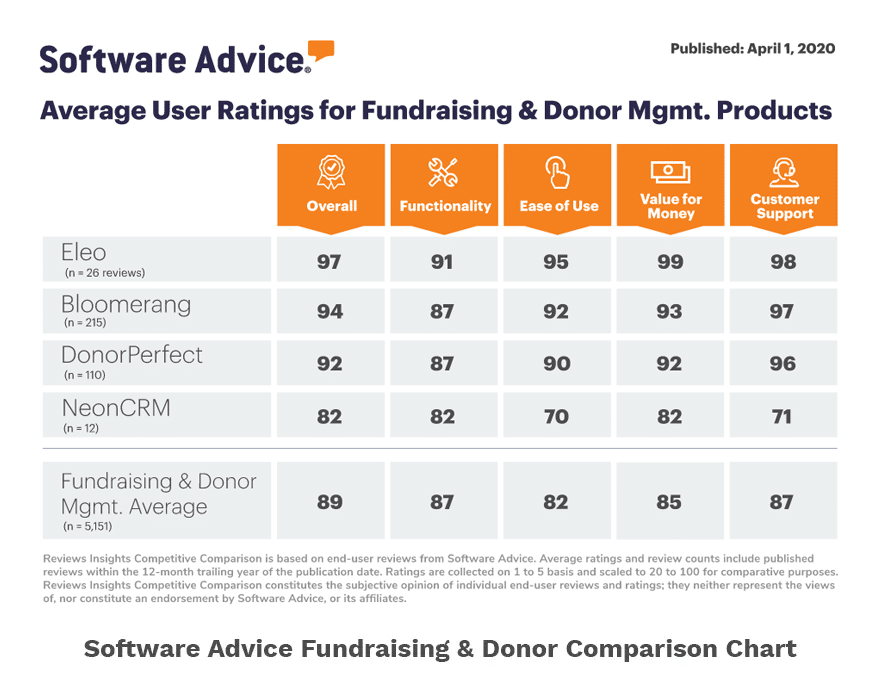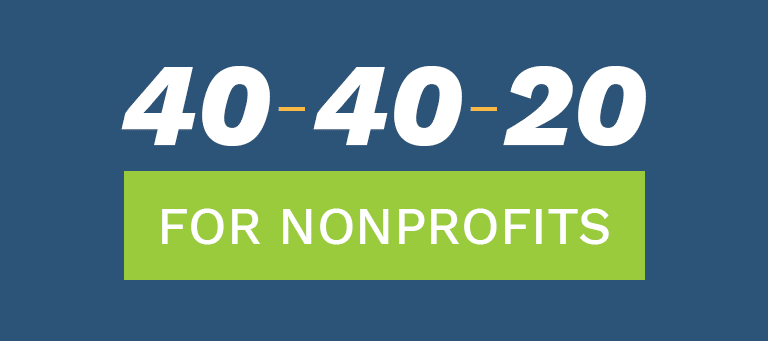
The 40-40-20 rule for fundraising isn’t new. Marketing expert Ed Mayer came up with the idea in the 1960s. He wanted to help direct mail marketers understand the core elements that are critical to success – how to allocate their time when planning a marketing strategy, and what questions to ask to achieve the best possible results.
Even with the emergence of seemingly endless digital marketing options, the principles laid out more than 50 years ago in the 40-40-20 rule are still very much valid today.
What Is the 40-40-20 Rule for Nonprofits?
When applied to small nonprofit fundraising, the 40-40-20 rules says:
- 40 percent of planning time should be spent identifying and understanding your audience.
- 40 percent of planning time should be spent defining your offer and call-to-action.
- 20 percent of planning time should be spent on the creative approach (messaging, design, layout, etc.)
Small nonprofits that are already strapped for time and under pressure to produce better results from fundraising would be well-served by applying the 40-40-20 rule to their overall fundraising strategies.
The good news is that this planning model is relatively simple to implement and almost forces you to focus on activities that will help you meet your goals! Let’s discuss each component of the 40-40-20 model and which questions you should answer as you plan your strategy.
1) Identify and Understand Your Audience
Regardless of whether you plan to use email, direct mail, social media, or another marketing channel, before you define your offer/call-to-action, you need to know who you’re talking to and what they care about.
Who is your audience? Are you targeting donors and prospects? Are you hoping to re-engage lapsed donors? Is this information accurate and current? How have they given in the past?
You’ll want to establish an up-to-date segmented audience. Eleo Donor Management Software makes it easy to pull segmented lists and reports for fundraising campaigns to see who is important to contact.
This step should take 40% of your total planning time.
2) Define Your Offer and Call-to-Action
Once you have a handle on who your audience is, you can start to discuss how you’ll entice them to give and what steps they should follow to make that donation.
What’s important to your audience? What do you want them to know about your fundraising campaign? How do you want them to give – pledges, recurring gifts, single donations, in-kind? This may vary for different audience segments. This is also information that can be pulled from your donor management system.
Even though you’re asking for a gift, you’re still offering something to the donor in exchange for that gift. While something tangible like a t-shirt and tax deduction have value, the donor is more likely interested in how their gift will be used and the impact it will create.
The call-to-action tells your audience what they should do and how they should do it. Do you want them to give online, in person, or by email? Are you hoping for a lump sum or a recurring gift? What steps do they need to follow? Make your call-to-action align with each target audience and clearly explains the giving process.
This step should take 40% of your total planning time.
3) Identify the Right Creative Approach
Most people love this part – coming up with a theme, going through photos, choosing fonts, brainstorming a catchy headline. It’s fun and creative, right? Definitely!
However, it’s important to keep in mind that the 40-40-20 rule asserts you have to dig into your data and strategy before you dive into the look and feel. It can still be fun, but your fundraising will be more effective if you spend more time on the grunt work and hard data first.
What format will you use to connect with donors and prospects? Will it be a combination of letters, emails, social media posts, or post cards?
Should you focus on an emotional appeal with stories of impact or a logical appeal with objective facts and data? Finding the right combination is key.
Then you can move to specific creative choices – a theme, photos, fonts, colors, logos, graphics, videos, and other items related to your small nonprofit’s brand. These decisions are based in large part on your donor data and the goals of your fundraising campaign.
This step should take 20% of your total planning time.
The Role of Donor Management Software
If you’re using donor management software, you won’t have to reinvent the wheel every year. Your database should give you easy access to solid information about donors and prospects. You can research what approaches have worked in the past. And, you’ll be able to apply the 40-40-20 rule to fundraising improvement rather than starting from scratch!
If you’d like to learn more about using Eleo Donor Management Software when applying the 40-40-20 rule to your fundraising efforts, contact us today to schedule a demo!




